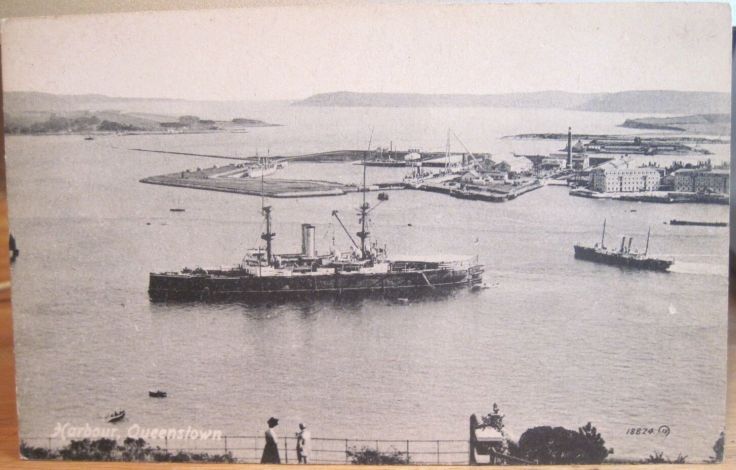 Cobh Harbour (Queenstown) 1915
Cobh Harbour (Queenstown) 1915
Reproduced here with the kind permission of the Editor of An Cosantóir, this my article which was featured in the March 2019, War of Independence Special edition. It is a brief look at the role of the Royal Navy and their dominance of all things maritime during Irelands War of Independence.
A Changed World.
In 1919, the war to end all wars was over. The 19th of January saw the start of peace negotiations in Paris, which would culminate in the signing of the Treaty of Versailles in June. This momentous year saw the drafting of the covenant of the League of Nations, the surrender and scuttling of the German high seas fleet in Scapa Flow. It also on the 21st of January saw the first Dáil sit in the Mansion House in Dublin, where they declared Irish Independence in fulfilment of the goals of the grand heroic failure of the 1916 Easter Rising. Also on that fateful day in Soloheadbeg, volunteers of the 3rd Tipperary Brigade under the command of Seán Treacy and Dan Breen, ambushed and shot two constables of the Royal Irish Constabulary. The first two dead men of an estimated 1,400 deaths between 1919 and 1921. While most of the fighting occurred on land across Ireland, the sea had a major role to play in both the Rising and the War of Independence.
Lonely Edge of Europe.
Ireland holds a geostrategic maritime position on the lonely edge of Europe, facing out into the North Atlantic where the European and North American sea lanes veritably bustle with all manner of shipping. At the turn of the century, Ireland’s seas and maritime domain where under the firm control of the British Empire and the might of the Royal Navy. The ports and deep sheltered harbours of Cork, Berehaven and Lough Swilly, protected by massive forts and coastal artillery batteries, had played their part in centuries of British domination of the high seas and from these ports where shipped troops to fight in Britain’s many wars. Many a period of rebelliousness across Ireland was subdued by forces shipped from these Naval installations, helping to underpin the British presence in Ireland as the dark clouds of war gathered on the European horizon. Those clouds burst in August 1914.
War and Rebellion.
At the outset of World War I, the focus of the Royal Navy was on contending with the German High Seas Fleet in North Atlantic, their forces concentrated from Scottish ports such as the Firth of Forth and Scapa Flow. Cork Harbour and the other main Irish ports were fairly quiet until submarine activity saw one of the most pivotal sinking’s of WWI, where on the 7th of May 1915, the ‘Lusitania’ was torpedoed at the lost of 1,201 souls. This lead to a change of attitude and management of the Royal Naval forces in Ireland and a much-increased presence of naval vessels of in Irish waters. Then, in 1916 came the preparations for the Easter Rising.
British Recruiting Poster
The Royal Navy Admiralty had intelligence that the Rising was planned for Easter Sunday and that there may have been a planned landing by German forces on the 20th of April of 1916. A Royal Naval fleet lay in wait off the coast when the German Auxiliary vessel the Libau, rigged to disguised itself as a Norwegian vessel the Aud,arrived at Kerry Head carrying a cargo of arms and ammunition for the rebels, in the hopes of a rendezvous with the German U-Boat U-19, from which Sir Rodger Casement rowed ashore to the lonely Banna Strand on the night of the 21st. And while he was been chased and captured, another dramatic chase was beginning, the Aud which had come under suspicion of been up to nefarious deeds was chased along the coast until its Captain Carl Spindler still feigning ignorance and innocent was escorted into the mouth of Cork Harbour on the morning of the 22nd. He ran up his true colours of the Imperial German Navy, then he scuttled and abandoned her.
IRA Flying Column, Co. Kerry
The British took heart from these events and thought that the Royal Navy had helped to smother the flames of rebellion before they took hold at all. As dawn broke on the bright Monday morning of the 24th, the most prepared of the British forces for the rebellion was the Royal Navy. It was the force which, although it did most of it work unseen, was also the force which played one of the most important roles in quelling it. From the Helga shelling rebel positions in Dublin to the large movements of troops from England to Dublin to reinforce the British garrisons. Many other ship movements took place as troops were dispatched to deal with areas judged to be at risk of open rebellion. With this brief rebellion subdued, the Royal Navy was able to again focus on fighting the real war, on the seas in support of the entrenched warfare in Europe. With 1918 came a cessation of hostilities and peace in Europe, however, such peace was not to last in Ireland.
Strike for Independence.
The Royal Navy was pivotal during the War of Independence, working as Naval forces do, out of sight on the seas supporting both the military and the civil powers which found the new guerrilla style of warfare increasingly difficult to confront and put down. The maintenance of supply lines and trade coupled with the ability to land troops were needed, made the Royal Navy indispensable. There were little direct destructive attacks on either the Royal Navy or Coastguard installations, although there were numerous raids for small arms which took places such as Ballyheigue, Ringsend and Enniscronne.
HMS Urchin
In Fenit, Co. Kerry in June 1920, the Destroyer HMS Urchin was alongside the pier there and members of the ship’s company were deployed to protect the Coast Guard station there. On the night of the 2nd, when the attack began on the local RIC barracks situated beside the station, the weather was very poor. The bad visibility rendered the Urchin only capable of firing blank rounds from its forward 4-inch gun, in case a stray round might hit the defenders not the rebel attackers. Urchin’sarmed landing parties which had pistols, rifles and Lewis machine guns exchanged fire with a large party of rebels, who were well organised and had stuck from good cover. The assault which began at 3am with a rocket blast, ended as suddenly as it began with two loud blasts on a whistle. The IRA lifted their fire and were off into the night.
Submarines, Bantry Bay
The network of Royal Irish Constabulary barracks across the country was the preferred target for rebels who needed arms and ammunition. However, as the War of Independence progressed the British tactic of placing Royal Marine detachments at the stations was proving to be ineffective and unsatisfactory, so these troops were withdrawn and many of the remote stations where evacuated. As the war spread into every corner of Ireland, hundreds of RIC barracks where burnt across the country to ensure they could not be reoccupied. The Royal Irish Constabulary Special Reserve, better know by their more infamous name the ‘Black and Tans’ aided by the Police Auxiliary Division or ‘Auxies’ where unleashed upon the population of Ireland. They were not subject to correct levels of military discipline and they were responsible for many arbitrary acts of extreme violence against the civilian population. They meted out a shocking level of brutality and even torture of IRA prisoners and sympathisers. They were responsible for the massacre of civilians in Croke Parke on Bloody Sunday in November 1920 and the burning of Cork city in December 1920, and around the country they enforced the official British policy of taking reprisals against the rebels, burning their property and harassing their families.
The Burning of Cork
Despite our willingness to compartmentalise the Black and Tans away from the other branches of the British Forces, with regards to their viciousness and thuggery, it is a simple and indisputable fact that the Royal Navy was key to the maintenance of British military power in Ireland. The brutal suppression of the insurrection needed the combined effort of all forces of the British Empire. As we enter into another period of commemoration and remembrance, we need to ensure the romanticisation of the ‘plucky’ rebels and the demonisation of the ‘vengeful’ Tans is balanced by honest accounts of what occurred. The truth of the War of Independence is that war in all its forms is a destructive and brutal affair. We can be proud of those rebels who fought to free our Nation while still being aware that that freedom came at a price.

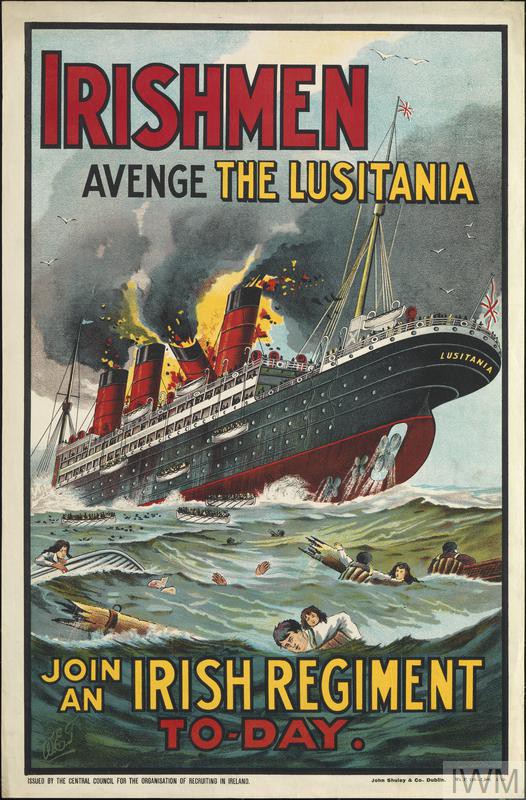
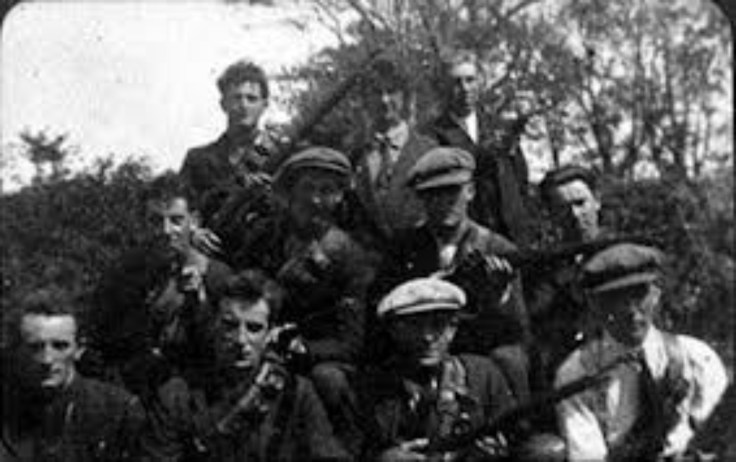
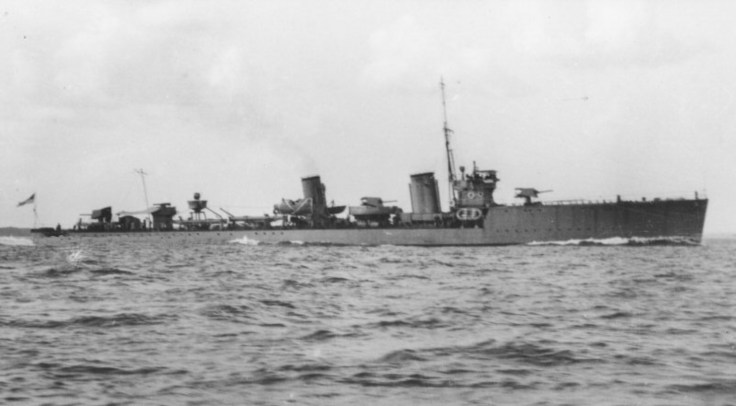
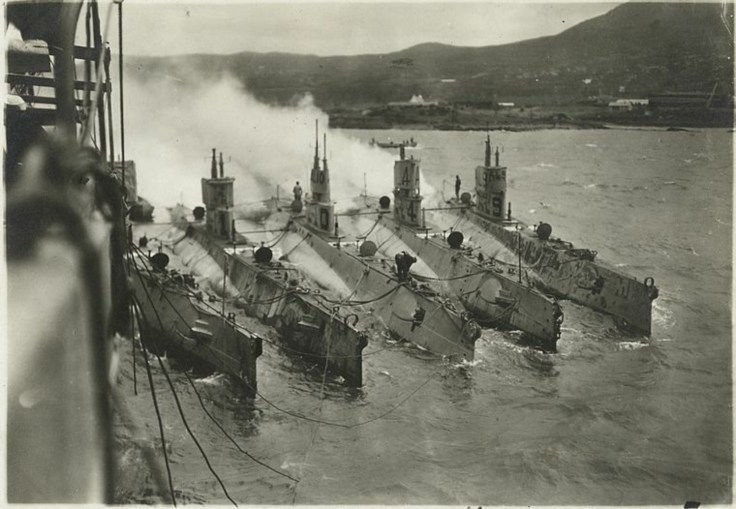
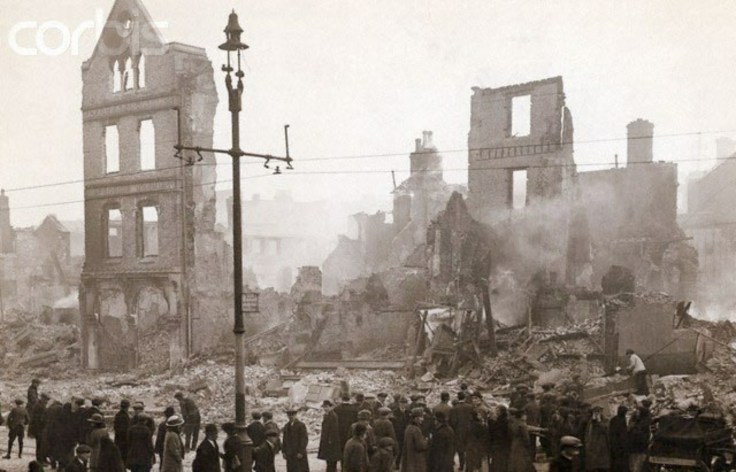


Leave a comment